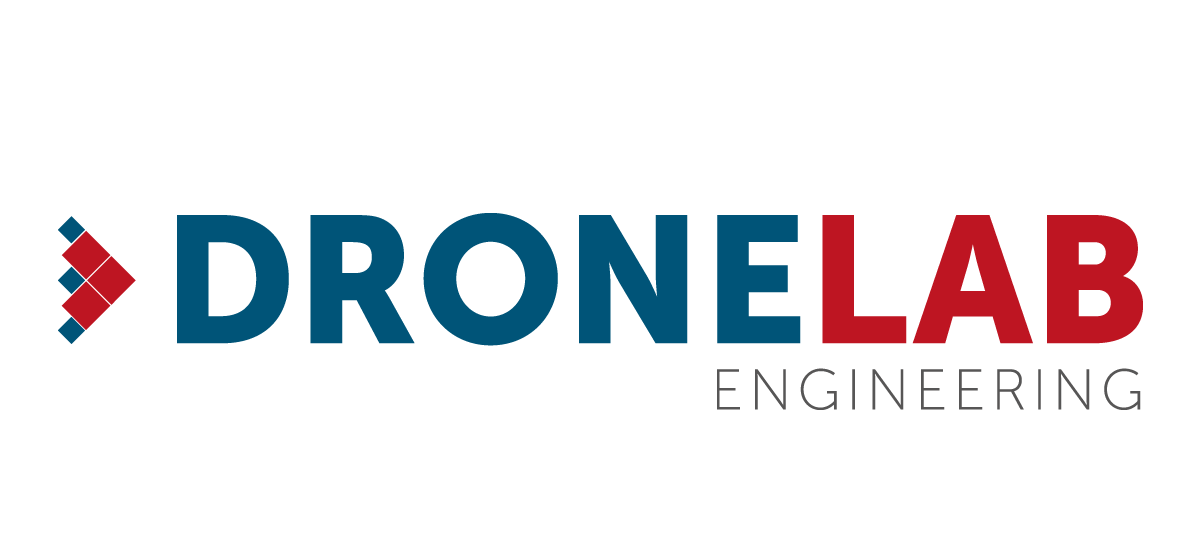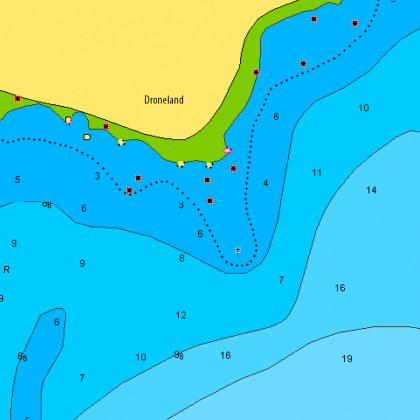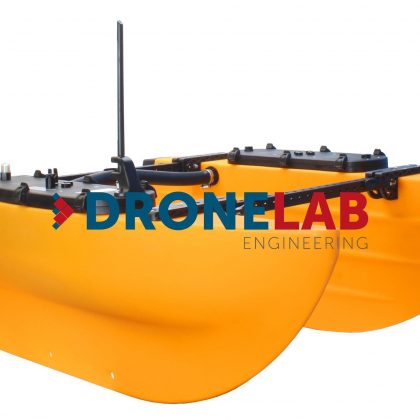Development of autonomous surface vessels for 1-8 meter long vessels
In an era defined by technological advancement, the demand for innovative solutions across various sectors continues to grow. One such transformative technology lies in the development and application of Autonomous Surface Vessels (ASVs). These unmanned watercraft, equipped with sophisticated sensors, navigation systems, and artificial intelligence, are poised to redefine how we interact with and utilize aquatic environments.
At Dronelab.lv, we are at the forefront of this revolution, collaborating with leading electronics specialists to engineer cutting-edge autonomous peldlīdzekļi (surface vessels). Our commitment is to provide robust, reliable, and highly adaptable ASVs that address the evolving needs of companies, governments, and institutions operating in diverse maritime and inland water domains.
Why Autonomous Surface Vessels?
The integration of autonomous technology into surface vessels offers a multitude of compelling advantages, making them an indispensable asset for a wide range of applications.
Enhanced Efficiency and Cost-Effectiveness: ASVs can operate for extended periods without the need for a human crew, significantly reducing operational costs associated with personnel, accommodation, and logistical support. Their optimized navigation and control systems can also lead to fuel savings and reduced environmental impact.
Improved Safety and Risk Mitigation: Many aquatic tasks, such as surveying hazardous environments, conducting search and rescue operations in challenging conditions, or performing long-duration monitoring, pose significant risks to human personnel. ASVs can execute these missions remotely, ensuring the safety of operators while gathering critical data and performing essential functions.
Increased Data Accuracy and Coverage: Equipped with advanced sensor payloads, ASVs can collect high-resolution data across vast areas with greater consistency and accuracy than traditional manned vessels. This capability is crucial for applications such as environmental monitoring, hydrographic surveying, infrastructure inspection, and resource management.
Greater Operational Flexibility and Adaptability: ASVs can be designed and configured for a wide array of specific tasks, from rapid deployment for emergency response to persistent, long-term monitoring missions. Their autonomous capabilities allow for flexible mission planning and execution, adapting to changing conditions and requirements in real-time.
Applications Across Diverse Sectors
The versatility of autonomous surface vessels opens up a wealth of opportunities across numerous industries and governmental functions:
Environmental Monitoring: ASVs can autonomously monitor water quality, track pollution sources, conduct bathymetric surveys, and observe marine ecosystems over extended periods, providing valuable data for research and conservation efforts.
Hydrographic Surveying and Mapping: Equipped with sonar and other specialized instruments, ASVs can efficiently and accurately map seabeds, riverbeds, and coastal areas, crucial for navigation, infrastructure development, and resource exploration.
Offshore Energy: ASVs can support offshore oil and gas operations by conducting inspections of pipelines and platforms, monitoring environmental conditions, and providing autonomous logistics and security support.
Maritime Security and Surveillance: ASVs can enhance maritime domain awareness by conducting autonomous patrols, detecting and tracking suspicious activities, and providing early warning for potential threats.
Search and Rescue Operations: In critical situations, ASVs can rapidly deploy to search areas, locate survivors, and provide initial assistance, significantly increasing the efficiency and effectiveness of rescue efforts.
Infrastructure Inspection: ASVs equipped with cameras and other sensors can autonomously inspect bridges, dams, ports, and other critical underwater or surface infrastructure, identifying potential damage and reducing the need for costly and risky manned inspections.
Aquaculture: ASVs can automate tasks such as feeding, monitoring fish health, and inspecting aquaculture infrastructure, improving efficiency and sustainability in fish farming.
Embracing the Future of Aquatic Operations
The benefits of integrating autonomous surface vessels into operational workflows are undeniable. For companies seeking to optimize efficiency, reduce costs, and enhance safety in their maritime or inland water operations, ASVs offer a transformative solution.
Governments can leverage ASVs to strengthen environmental monitoring programs, enhance maritime security, improve the efficiency of hydrographic surveys, and bolster search and rescue capabilities, ultimately contributing to safer and more sustainable management of aquatic resources.
Institutions involved in scientific research can utilize ASVs as powerful platforms for data collection, enabling groundbreaking discoveries in oceanography, limnology, and related fields.
By investing in autonomous surface vessel technology, organizations can position themselves at the forefront of innovation, gain a significant competitive advantage, and contribute to a more efficient, safe, and sustainable future for aquatic operations.




